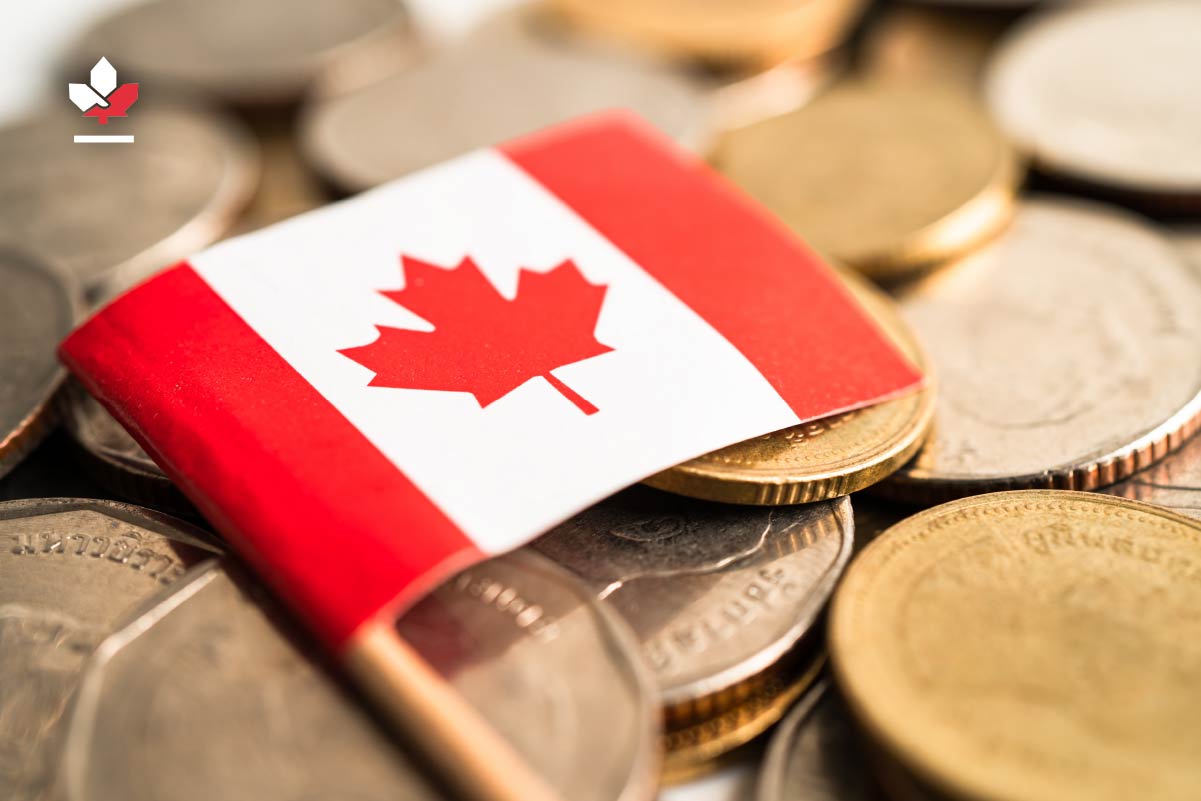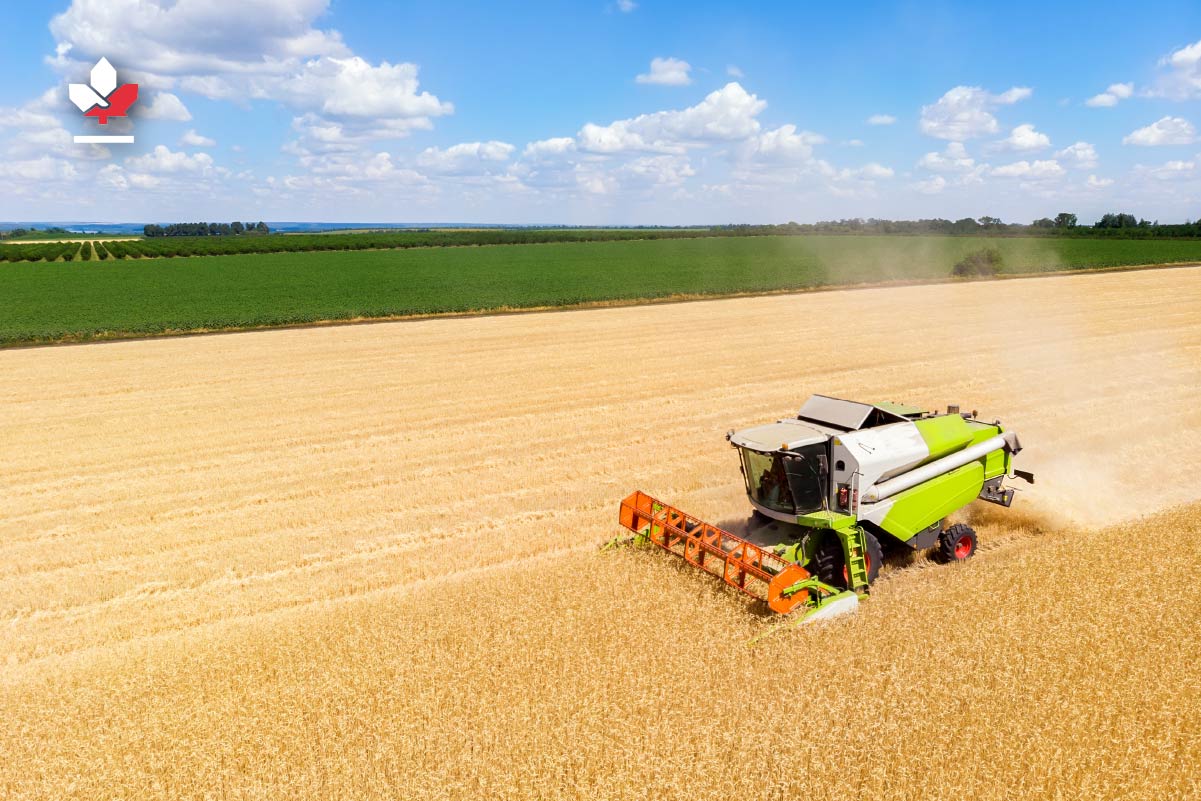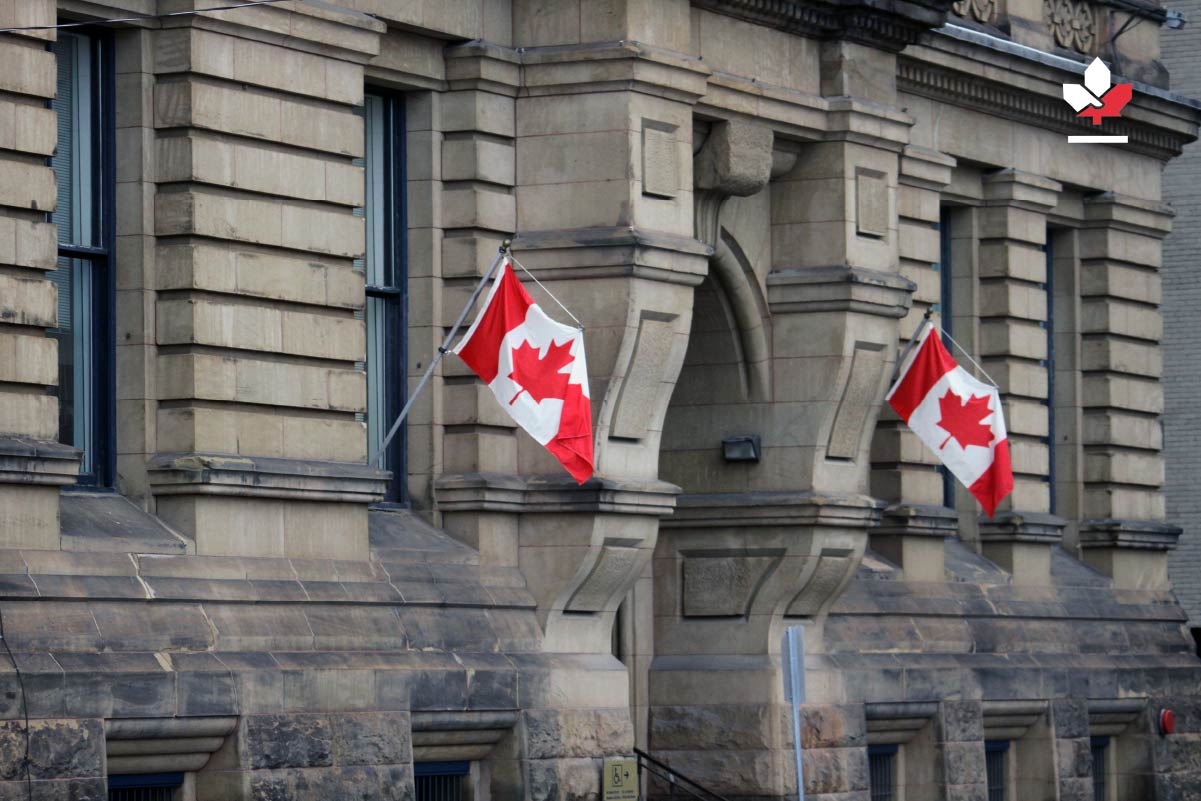The Newcomer's Guide to the Canadian Economy
June 24, 2024
|
Understanding the various aspects of Canada’s economy is crucial for a smooth transition and successful integration. The Canadian economy is driven by key sectors such as energy, technology, manufacturing, and healthcare, each offering unique opportunities for employment, investment, and growth. Our guide is designed to equip you with the knowledge needed to thrive in one of the world's most stable and prosperous economies. If you are planning to work in Toronto's growing tech scene, explore opportunities in Alberta's energy sector, or simply understand Canada's banking system.
Ready to know more about how Canada’s economy works? Then, take a look at our valuable insights into Canada's diverse economic sectors and discover key opportunities for newcomers aiming to integrate successfully into the Canadian economy.
How Canada's Economy Works?

Canada’s economic system is complex and can be described as a mixed market economy. Understanding its inner workings requires examining several key features, as highlighted below.
Mixed Market Economy
Canada's economic system is a harmonious blend of free-market capitalism and government intervention. Private businesses drive innovation and competition, while the Canadian government ensures industry regulation, social programs, and infrastructure maintenance. This balanced approach facilitates economic growth and social stability, providing a reassuring environment for newcomers to Canada.
Natural Resources
Canada's vast landmass is rich in natural resources. Canada’s natural resources significantly contribute to the national economy. It creates major booms for the Canadian economy, facilitated by the production of:
- Oil,
- Gas,
- Timber,
- Nickel,
- Copper,and
- Gold.
The extraction of these resources creates jobs, generates revenue through exports, and fuels various industries like manufacturing.
Learn more about Canada’s natural resources.
International Trade
Canada is a major trading nation, with exports and imports accounting for a significant portion of its Gross Domestic Product (GDP). This is reflected in the data obtained from the World Bank, which indicates that Canada’s exports and imports of goods and services as a percentage of is 30.91% and 30.96 %, respectively.
The United States is its largest trading partner, followed by China and the United Kingdom. International trade agreements, such as the Canada-United States-Mexico Agreement (CUSMA) and Canada-United Kingdom Trade Continuity Agreement (CUKTCA), have opened markets for Canadian goods and services, promoting economic growth and job creation.
Public Enterprises
The Canadian government owns and operates some businesses in key sectors like healthcare, utilities, and transportation. These public enterprises aim to provide essential services at affordable rates and ensure a level playing field in specific industries. Among the prominent public enterprises in Canada include:
- Atomic Energy of Canada Limited,
- Business Development Bank of Canada,
- Canada GEN Investment Corporation,
- Canada Post Corporation,
- Canada Lands Company Limited, and
- Canada Mortgage and Housing Corporation.
Job Opportunities
Canada boasts a diverse job market with opportunities across various industries. The largest employers are tertiary service industries, including:
- Finance,
- Healthcare,
- Education, and
- Retail.
However, natural resource extraction, manufacturing, and construction also remain significant sectors driving Canada's economy forward.
Learn more about the country’s economy through the in-demand jobs in Canada.
Currency
The Canadian dollar (CAD), nicknamed the "loonie" due to the image of a loon on its one-dollar coin, is a freely floating currency. Its value changes based on interest rates, inflation, and global economic conditions. A strong Canadian dollar can make Canadian exports more expensive but imports cheaper. Alternatively, a weaker Canadian dollar can boost exports but make imports pricier. The Bank of Canada, the country's central bank, manages monetary policy to maintain price stability and economic growth.
Banking
Canada's well-developed banking system is crucial in channeling savings into investments and facilitating economic activity. A network of commercial banks, credit unions such as Vancity, and insurance companies like Manulife provides Canadians access to financial products and services. This system is heavily regulated to ensure stability and protect consumers. As a newcomer to Canada, you can open an account at any of the big five Canadian banks below.
- Royal Bank of Canada (RBC),
- Toronto-Dominion Bank (TDB),
- Bank of Montreal,
- Bank of Nova Scotia (Scotiabank), and
- Canadian Imperial Bank of Commerce (CIBC).
Learn how to open a bank as a newcomer to Canada.
Social Saftey Nets
Canada has a robust social safety net that provides financial assistance to unemployed individuals, low-income families, seniors, and people with disabilities. Programs like Employment Insurance (EI), Old Age Security (OAS), and the Guaranteed Income Supplement (GIS) help decrease poverty and ensure a basic standard of living. Employment and Social Development Canada (ESDC) has to balance the cost of these programs with its fiscal responsibility to the Canadian government and public.
Learn more about Canada’s social safety net via its Social Insurance Number (SIN) system.
Unemployment Rate
The unemployment rate is a key indicator of a country’s economic health. Canada's unemployment rate is 6.1%, according to Statistics Canada. This places it in the top 25 of 40 Organization of Economic Cooperation and Development (ECDC) countries, the world's most developed nations. The government aims to maintain low unemployment through various policies, including skills training programs like the Federal Student Work Experience Program (FSWEP) and infrastructure investments such as the Investing in Canada Plan. However, economic downturns can lead to temporary spikes in unemployment.
Inflation Rate
Inflation refers to the rise in prices of goods and services over time. The Bank of Canada uses monetary policy tools like interest rates to manage inflation and keep it within the target range of 1% to 2%. Low and stable inflation is essential for economic growth and predictability for consumers and businesses.
However, excessively high inflation can decrease purchasing power, lowering the amount of goods and services you can buy with your money. Canada’s inflation rate is 2.7%, according to Statistics Canada, which is within the Bank of Canada's inflation target range.
What Are the Major Industries in Canada?

The success of the major industries in Canada depends on diverse factors, each playing a critical role in advancing the Canadian economy. Here are the major industries in Canada.
Resource Extraction
Nicknamed "The Land of Plenty," Canada boasts vast reserves of oil, gas, minerals (gold, nickel), and timber. This sector enhances the country’s exports, government revenue, and manufacturing through oil pipelines and mining equipment.
Manufacturing
While facing global competition and automation, manufacturing remains a vital sector. It produces Ford and General Motors (GM) cars, Bombardier airplanes, and machinery in Ontario and Quebec. Using Canada's strong agricultural base, food processing is another key sub-sector.
Tech & Innovation
Canada's tech sector is a rising star, with hubs like Toronto and Waterloo fostering innovation in Artificial Intelligence (AI), software development, and cybersecurity. The tech sector enhances industry productivity and moves Canada towards a knowledge-based economy.
Learn about Canada's emerging tech cities and in-demand tech jobs.
Healthcare & Pharmaceuticals
Canada's universal healthcare system, Medicare, is publicly funded by taxes and functions as a vital social program and a major employer. This sector also encompasses a growing pharmaceutical industry focused on research and development in areas like cancer treatment. Ensuring quality healthcare work and provision while maintaining fiscal responsibility is an ongoing balancing act.
Learn why healthcare workers are moving to Canada.
Agriculture & Agri-Food
Canada's fertile land and advanced agricultural practices make it a major wheat, canola, and livestock producer. The agri-food sector also includes dairy and fisheries. Canadian farm workers play a key role in the country’s food security, exports, and innovation in sustainable practices.
Learn about the Agrifood Pilots pathway to permanent residence in Canada.
What is the Role of the Canadian Government in the Economy?

Canada's government plays a multifaceted role in shaping the national economy. Here are six key areas of its influence.
Macroeconomic Stability
The Canadian government aims to create economic growth, low unemployment, and stable prices. It uses fiscal policy (taxes and spending) and monetary policy influenced by the Bank of Canada to achieve these goals. The government can stimulate economic activity and long-term growth through strategic investments in infrastructure and education.
Redistribution of Income
Canada's social safety net programs, like unemployment insurance, pensions, and child benefits, are funded by the government through ESDC. These programs aim to decrease poverty, promote social mobility, and meet all Canadian permanent residents and citizens' basic cost of living.
Competition Policy
The government enforces competition laws to prevent monopolies and ensure fair market competition. This protects consumers from unfair pricing and encourages businesses to innovate and improve efficiency. Competition policy also promotes economic growth by fostering a healthy business environment. Competition Bureau Canada is responsible for regulating Canadian economic market competition.
Consumer Protection
The government plays a vital role in protecting consumers from:
- Deceptive practices,
- Unsafe products,
- Unlawful price hikes and
- False advertising.
This is achieved through regulations, consumer education initiatives, and enforcement agencies administered by the Office of Consumer Affairs. Consumer confidence in the marketplace is essential for a healthy and stable economy.
Environmental Sustainability
The government balances economic development with environmental protection. It implements regulations to reduce pollution, lessen the potential effects of climate change, and promote sustainable resource management. This ensures long-term economic viability while safeguarding the environment for future generations.
Learn why you should move to environmentally-friendly Canada.
FAQs
What Are the Steps to Starting a Business in Canada as a Newcomer?
Starting a business in Canada as a newcomer involves several key steps. First, conduct thorough market research to understand the local business landscape and identify opportunities. Next, choose a business structure, register your business, and obtain the necessary permits and licenses. Finally, secure financing, create a business plan, and seek guidance from local resources to ensure a smooth and successful launch in Canada.
How Can Newcomers Find Work in Canada?
Newcomers can find work in Canada by networking actively, using online job boards such as LinkedIn and Indeed, and attending job fairs and networking events. It is beneficial to tailor your resume to Canadian standards, acquire the necessary certifications recognized in your field, and consider volunteer or internship opportunities to gain local experience.
Learn more about the steps to finding a job in Canada.
What Are Some Tips For Newcomers to Succeed Economically in Canada?
To succeed economically in Canada, newcomers should prioritize financial literacy, understand the tax system, and budget wisely. It is advantageous to build a good credit history, explore government support programs, invest in further education or skills upgrading, and seek mentorship or guidance from local professionals.
